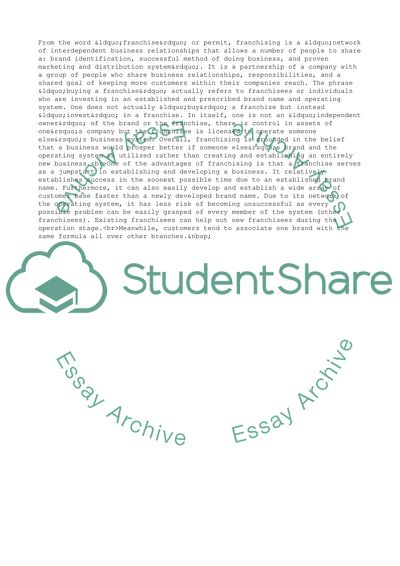Cite this document
(Franchising - Definition, Advantages, and Disadvantages Admission/Application Essay, n.d.)
Franchising - Definition, Advantages, and Disadvantages Admission/Application Essay. Retrieved from https://studentshare.org/business/1727893-intro-to-business-10
Franchising - Definition, Advantages, and Disadvantages Admission/Application Essay. Retrieved from https://studentshare.org/business/1727893-intro-to-business-10
(Franchising - Definition, Advantages, and Disadvantages Admission/Application Essay)
Franchising - Definition, Advantages, and Disadvantages Admission/Application Essay. https://studentshare.org/business/1727893-intro-to-business-10.
Franchising - Definition, Advantages, and Disadvantages Admission/Application Essay. https://studentshare.org/business/1727893-intro-to-business-10.
“Franchising - Definition, Advantages, and Disadvantages Admission/Application Essay”, n.d. https://studentshare.org/business/1727893-intro-to-business-10.


